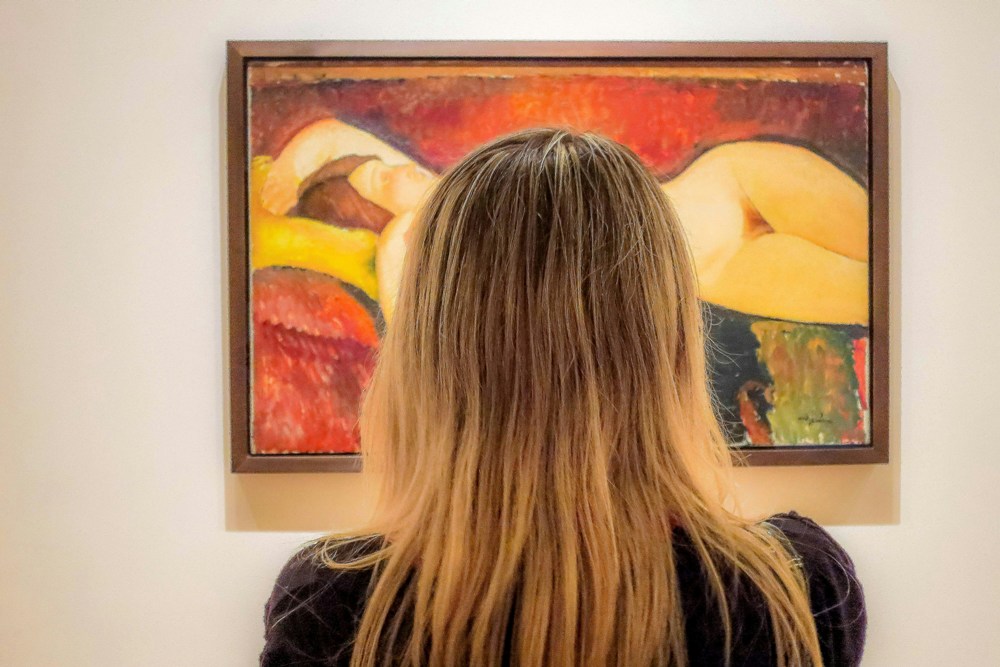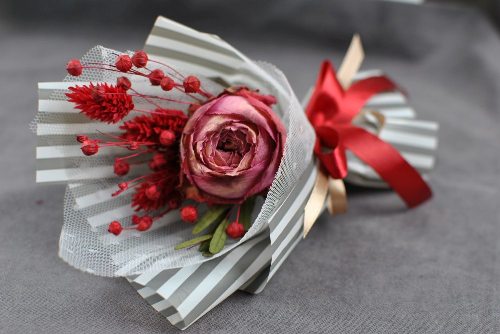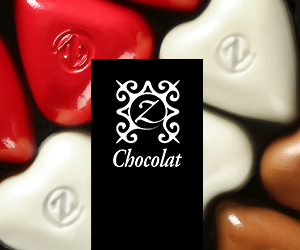
Starting an art collection is a deeply rewarding endeavor that blends personal expression with cultural appreciation. Whether seeking to acquire works from emerging artists, investing in renowned pieces, or curating a collection based on a particular theme, the process requires both passion and knowledge. Thoughtful selection, research, and strategic planning help build a collection that holds aesthetic and financial value. From understanding artistic movements to developing a keen eye for quality, successful collecting is as much about education as it is about instinct. By taking a deliberate approach, aspiring collectors can create a meaningful and visually compelling collection that reflects their tastes and interests.
Defining Personal Taste and Artistic Interests
Establishing a clear sense of aesthetic preferences serves as the foundation of any art collection. Exploring various artistic styles, mediums, and historical periods allows collectors to develop a refined understanding of what resonates most. Visiting galleries, museums, and exhibitions provides exposure to different movements, while researching artists' backgrounds and techniques deepens appreciation for their work. Keeping a visual archive of inspiring pieces—whether through photographs, online collections, or notes—helps clarify artistic inclinations. A collection that aligns with personal taste remains engaging over time, making each acquisition a reflection of individual vision and artistic passion.
Understanding the Value and Authenticity of Artwork
Evaluating the value of art involves more than just price; historical significance, rarity, provenance, and artistic merit all contribute to an artwork's worth. Researching market trends and consulting reputable sources provide insight into fair pricing and investment potential. Authenticity plays a crucial role, particularly when acquiring original works, limited editions, or historical pieces. Certificates of authenticity, gallery documentation, and artist signatures serve as verification of an artwork's legitimacy. Understanding these factors ensures that each acquisition maintains both personal and financial significance within a collection.
Exploring Diverse Acquisition Channels
Collectors have a wide range of options for acquiring artwork, from traditional galleries to online platforms and art fairs. Galleries offer curated selections and expert guidance, while auctions provide opportunities to purchase rare or historically significant pieces. Online marketplaces expand accessibility, allowing collectors to discover emerging artists and unique works from around the world. Directly purchasing from artists fosters a connection to the creative process, supporting both the artist and the authenticity of the work. Diversifying acquisition sources enhances the depth of a collection, incorporating pieces that reflect both contemporary trends and timeless artistic traditions.
Balancing Aesthetic Appeal With Investment Potential
While passion often drives art collecting, considering the long-term value of acquisitions adds an additional layer of strategy. Researching market appreciation trends and artist career trajectories helps identify works with potential for increased value. Limited-edition prints, early works from emerging artists, and pieces with historical significance often appreciate over time. However, a collection should primarily be built on genuine admiration for the artwork rather than speculative investment. Balancing aesthetic appeal with financial considerations ensures a collection remains both personally meaningful and strategically curated.
Preserving and Showcasing a Collection
Proper care and presentation elevate the longevity and impact of an art collection. Framing, lighting, and climate control protect works from environmental damage, ensuring they remain in pristine condition. Rotating pieces within a space keeps the collection dynamic, allowing different works to be appreciated at various times. Thoughtful placement enhances the visual experience, whether through a dedicated gallery wall, thematic arrangements, or individual focal points throughout a home. Preserving documentation, including purchase records and authenticity certificates, maintains the integrity of the collection for future valuation and historical reference.
Building an art collection is a journey of exploration, education, and personal expression. Thoughtful curation, informed acquisitions, and strategic preservation create a collection that not only enhances living spaces but also serves as a reflection of artistic appreciation. Whether focusing on contemporary works, classical pieces, or a blend of both, a well-curated collection offers aesthetic enjoyment and cultural significance. By embracing the process with curiosity and discernment, collectors cultivate a visually compelling and intellectually enriching collection that stands the test of time.
EDITORIAL POLICY
The Flash List is dedicated to providing trustworthy editorial content by maintaining strict ethical standards, journalistic integrity, and credible professionalism regardless of any remuneration as working media. The Flash List is not affiliated with third-party companies mentioned and makes no endorsement or guarantee expressed or implied. The preceding article, which contains affiliated link(s) for which compensation was received, is intended for informational reference only and does not constitute advice of any kind. Moreover, a qualified professional should be consulted regarding any lifestyle consideration, medical treatment, or monetary transaction, etc. Content is published in accordance with USFTC regulations and terms and conditions.
MORE ON THE FLASH LIST
































